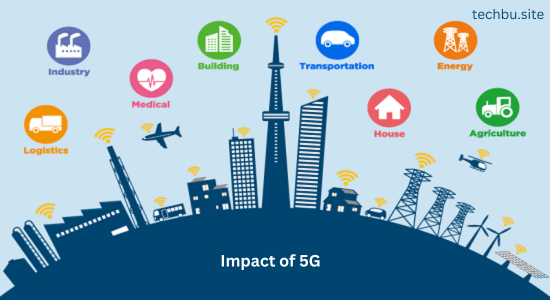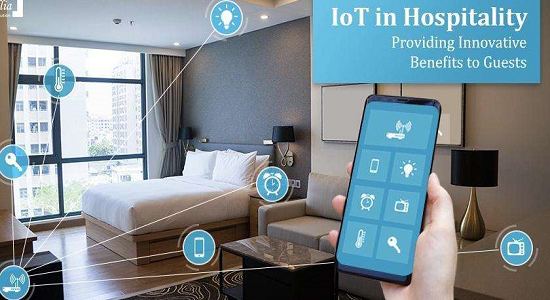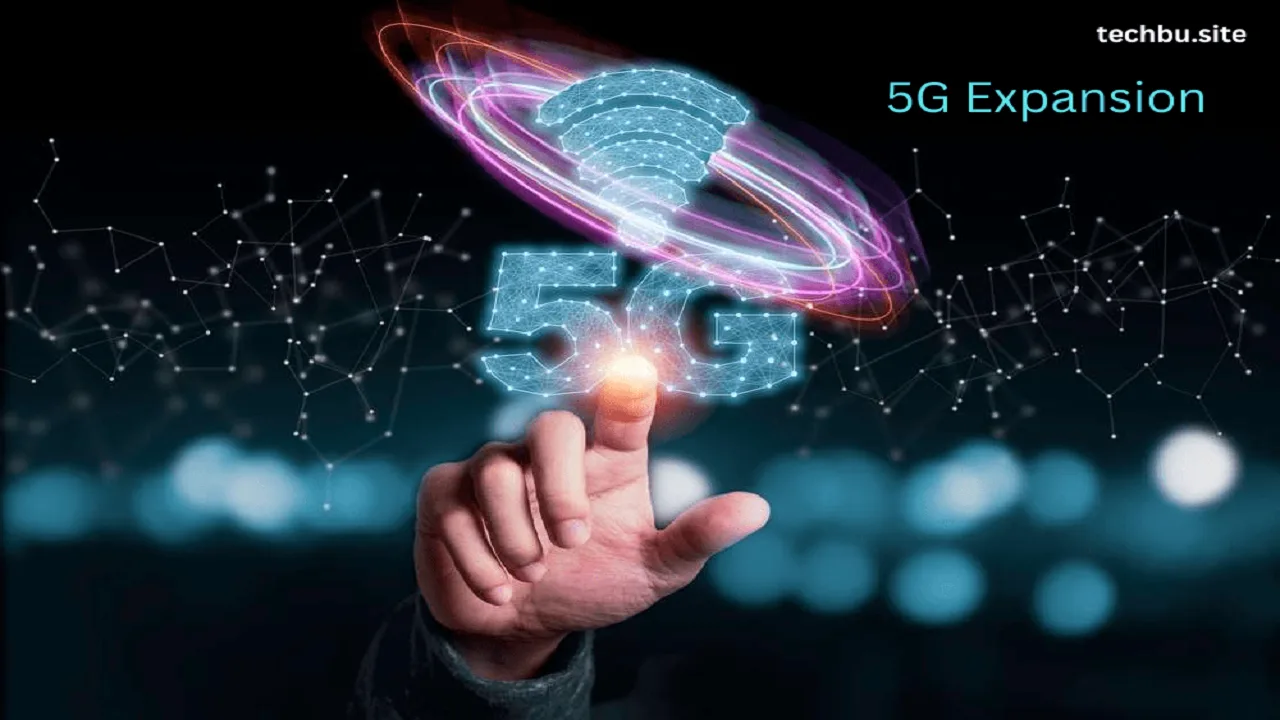The expansion of 5G technology is revolutionizing industries, particularly the Internet of Things (IoT) and smart cities. Faster speeds, lower latency, and better connectivity are making cities smarter and more efficient. This article explores how 5G is transforming IoT and smart cities, the benefits, challenges, and the role of AI in shaping the future. We’ll update ourselves about The Impact of 5G Expansion on IoT (Internnet of Things) and Smart Cities in this article.
What is 5G and How Does it Work?
5G, or the fifth generation of wireless technology, is a major upgrade from 4G. It offers:
- Faster internet speeds (up to 100 times faster than 4G)
- Lower latency (faster response time, reducing delays)
- Massive connectivity (supports more devices per square kilometer)
- Energy efficiency (optimized power usage for devices)
The Role of 5G in IoT
The Internet of Things (IoT) refers to interconnected devices that communicate and share data in real-time. 5G enhances IoT by:
- Improving device connectivity: 5G allows seamless communication between devices.
- Reducing latency: Essential for real-time applications like self-driving cars.
- Increasing data transfer speeds: Faster processing and decision-making.
- Supporting smart industries: From healthcare to agriculture, IoT devices can function more efficiently.

How 5G is Transforming Smart Cities
Smart cities use technology to enhance infrastructure, services, and sustainability. 5G enables smart cities by:
- Improving traffic management: Smart traffic lights reduce congestion.
- Enhancing public safety: Real-time surveillance and emergency response.
- Optimizing energy usage: Smart grids adjust electricity supply based on demand.
- Supporting autonomous vehicles: Cars communicate with each other and traffic systems.
- Better waste management: Sensors in bins signal when they need to be emptied.
Benefits of 5G Expansion for Smart Cities
- Efficient Transportation: Real-time traffic monitoring improves public transport.
- Enhanced Healthcare: Remote patient monitoring and telemedicine.
- Smart Homes: Voice assistants, security systems, and energy-efficient appliances.
- Environmental Sustainability: Smart sensors monitor air quality and pollution.
- Economic Growth: New tech-driven job opportunities and businesses.
Challenges of 5G Expansion
Despite the benefits, 5G faces several challenges:
- High Infrastructure Costs: Expanding 5G networks requires significant investment.
- Security Risks: More connected devices increase cyber threats.
- Limited Coverage: 5G rollout is slow in rural areas.
- Privacy Concerns: Data collection raises privacy issues.
Future of AI and 5G in Smart Cities
The combination of 5G and AI will revolutionize smart cities:
- Self-Learning Traffic Systems: AI-powered traffic management will reduce congestion.
- Predictive Maintenance: AI will detect and fix infrastructure problems before they occur.
- Smart Healthcare: AI-driven diagnostics and remote surgery.
- Personalized Public Services: AI will analyze data to provide better services.

What is the way forward for IoT?
Fast-forward to 2025, and there’ll be more than 21 billion IoT devices. The connected technology can pave the way to increase energy efficiency, minimize waste, and nurture personal autonomy. First, however, the IoT architecture needs a rich feedback mechanism and a responsive system to make it sustainable.
IoT and AI can team up to drive intelligent actions from collected data. Together, they can predict, prescribe, and deliver an adaptive response. For example, they can detect fraudulent ATM behaviour, increase equipment uptime by predicting maintenance, predict driver insurance premiums based on performance, and improve overall maintenance cost.
However, any budding technology is vulnerable, and applications of IoT are no different. Malicious malware is always on the prowl to access and affect connected devices. Such attacks can disrupt services and halt critical processes for hours. Therefore, security initiatives must be sharp enough to stop distributed denial of service (DDoS) attacks.
Conclusion
The expansion of 5G is a game-changer for IoT and smart cities. It enables faster communication, better infrastructure, and smarter services. While challenges remain, the future of AI, 5G, and other best tech innovations in 2025 will shape the cities of tomorrow.
FAQs
1. How does 5G improve IoT?
5G enhances IoT by providing faster speeds, lower latency, and better connectivity for devices.
2. What are the main benefits of 5G in smart cities?
5G improves transportation, healthcare, security, and sustainability in smart cities.
3. What challenges does 5G face?
High infrastructure costs, security risks, limited coverage, and privacy concerns are major challenges.
4. How will AI and 5G shape the future?
AI-powered smart cities will have self-learning traffic systems, predictive maintenance, and smart healthcare solutions.
5. When will 5G be fully available worldwide? 5G rollout is ongoing, with widespread availability expected by 2025 in many regions.

